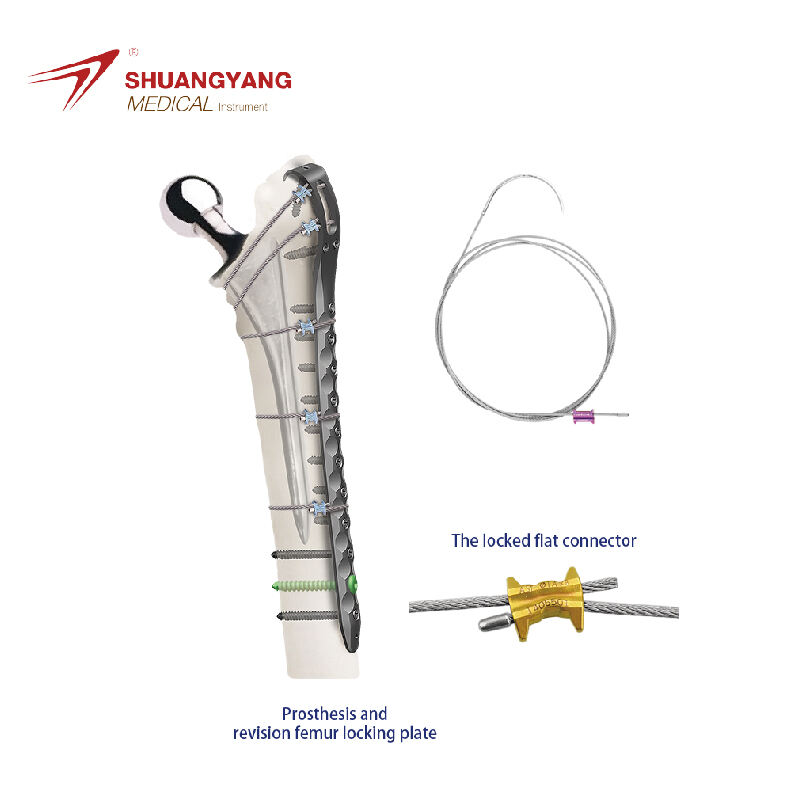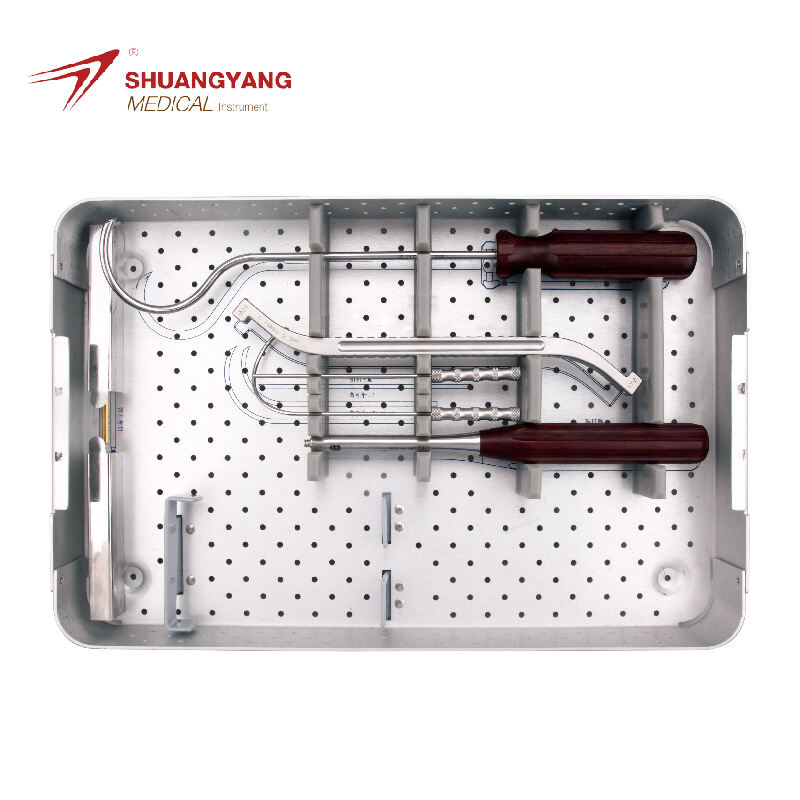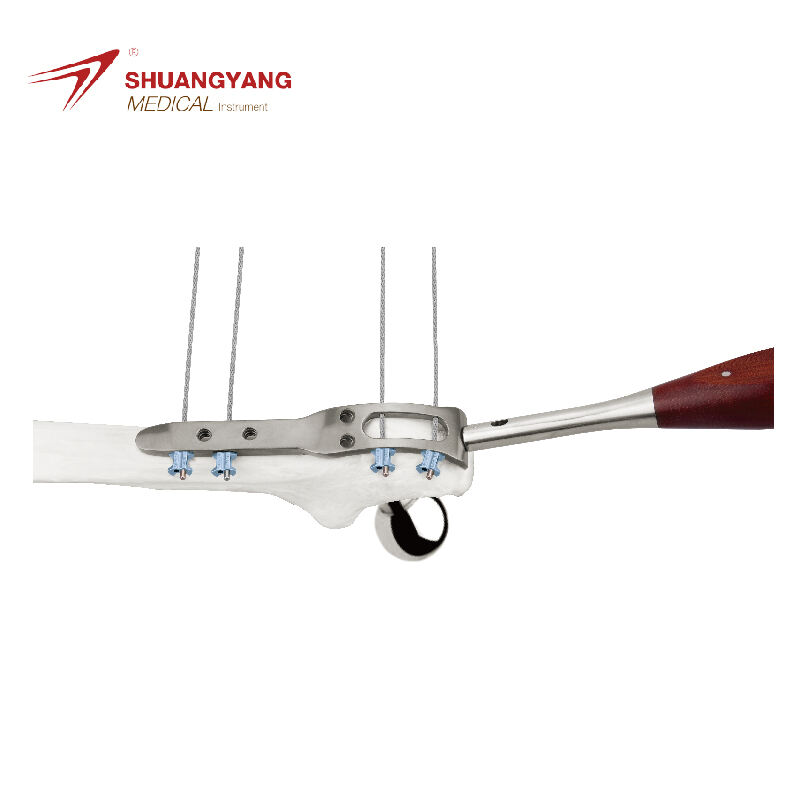back disk surgery
Back disk surgery is a medical procedure designed to address severe back pain caused by degenerative disk disease, disk herniation, or other disk-related conditions. The main function of this surgery is to alleviate pressure on spinal nerves, which often results from a damaged or deteriorated disk. Technological features of back disk surgery include minimally invasive techniques that utilize small incisions, advanced imaging, and precise instruments to perform the procedure with greater accuracy and less disruption to surrounding tissues. Applications of back disk surgery range from treating chronic back pain to restoring mobility in patients whose quality of life has been significantly diminished due to spinal disk issues.


